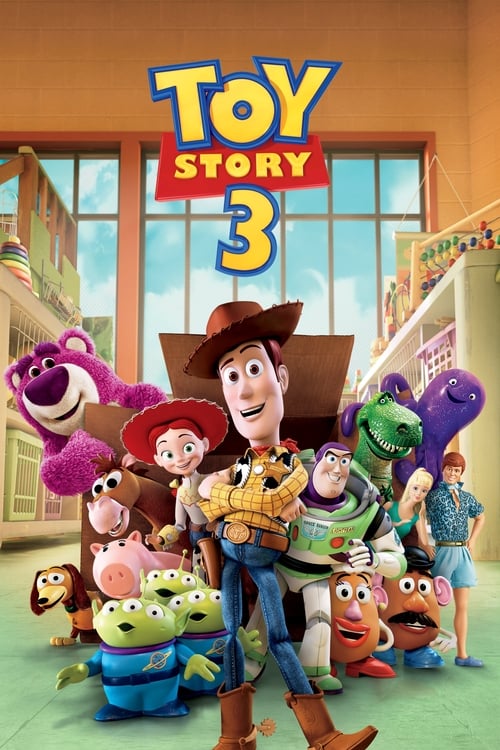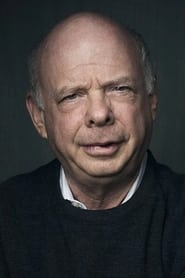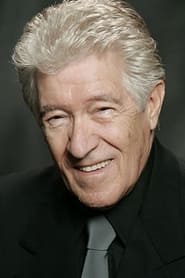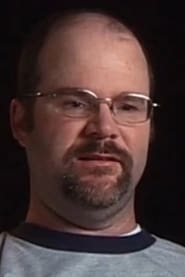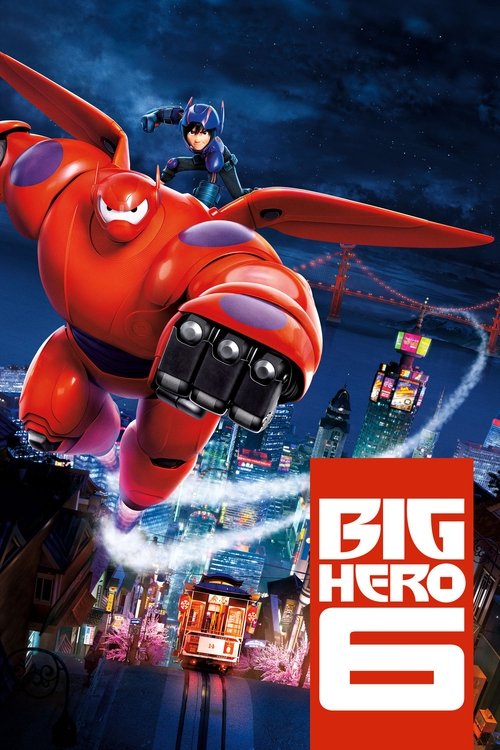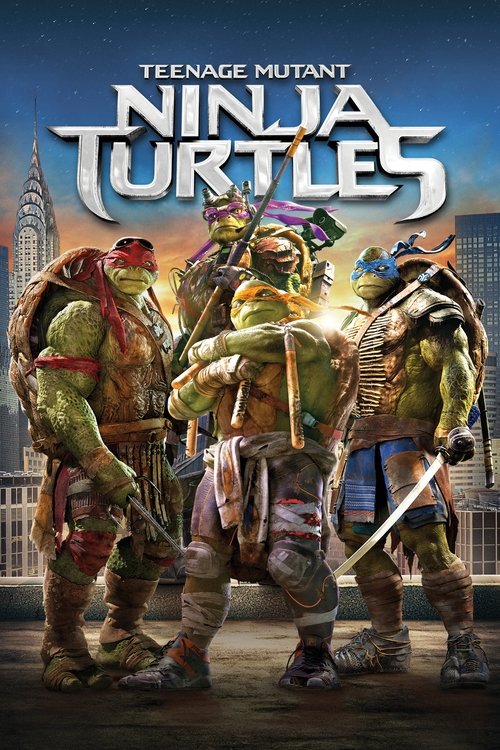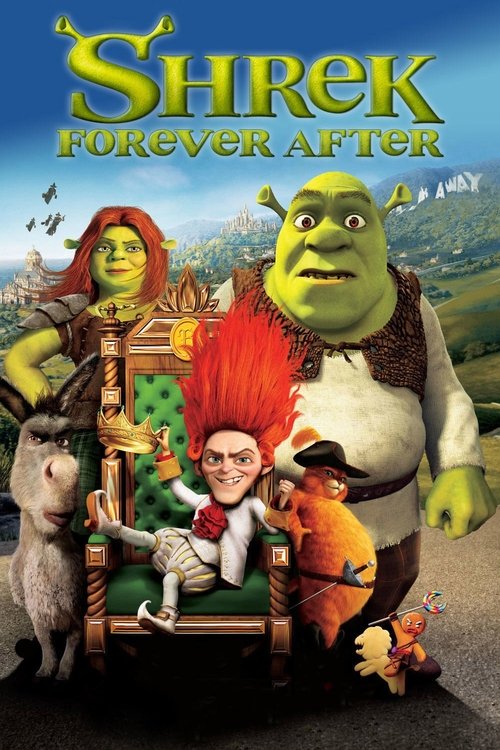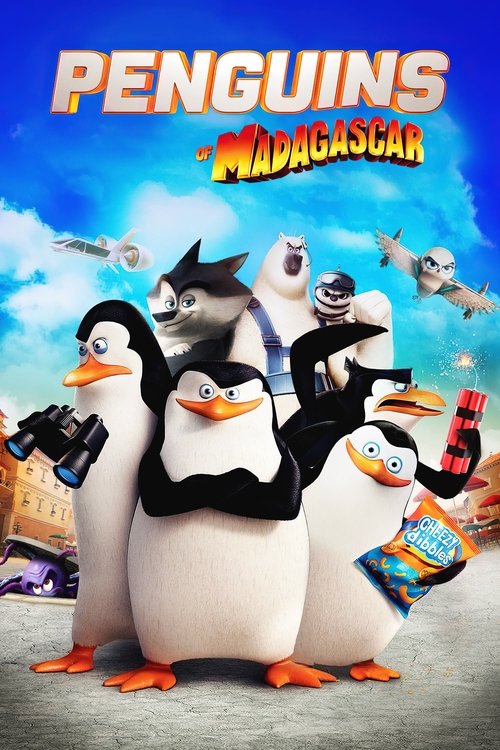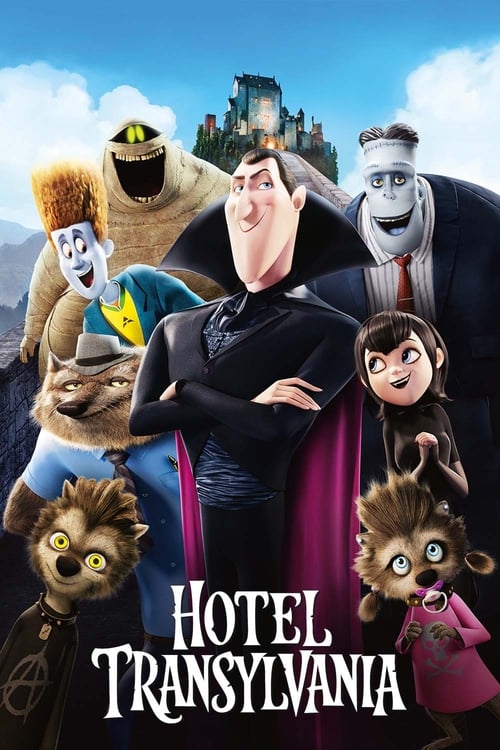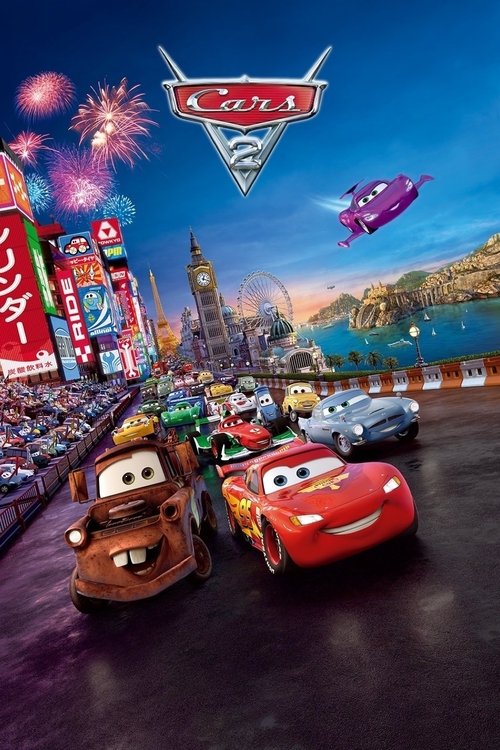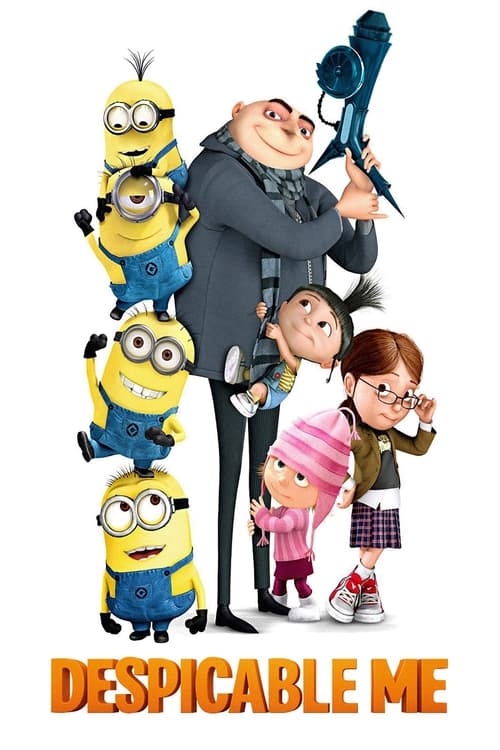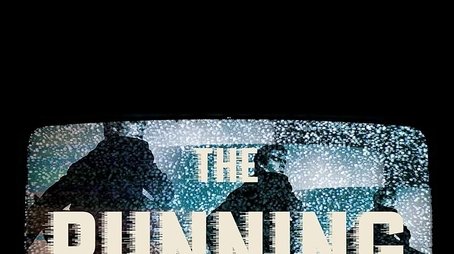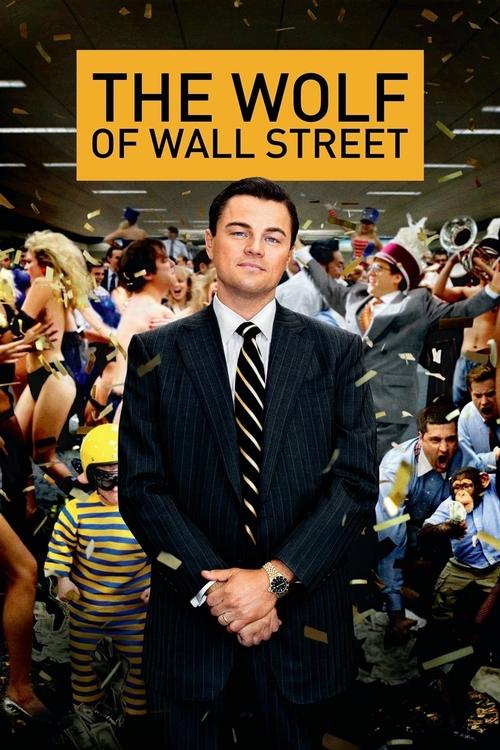
Ask Your Own Question
What is the plot?
The story opens with a lively Wild West train robbery scene, where Mr. Potato Head, playing the outlaw "One-Eyed Bart," attempts to steal money but is promptly stopped by Sheriff Woody. This playful, imaginative intro sets the tone, showcasing the toys' personalities and camaraderie as they enact a familiar tale of good versus bad.
The real story begins with Andy Davis, now 17 years old and on the cusp of leaving for college. His room is filled with the toys that have been his companions for years--Woody, Buzz Lightyear, Jessie, Mr. Potato Head, Rex, Hamm, and others. Andy decides to take only Woody with him to college, believing Woody to be his most cherished toy. The rest of the toys, however, are packed into a garbage bag intended for storage in the attic. Woody reassures them, saying, "Andy is gonna take care of us. I guarantee it." Buzz replies hopefully, "Guarantee it? … At least we'll all be together." Yet, fate has other plans.
In a tragic mix-up, Andy's mother mistakes the bag of toys for trash and places it on the curb for garbage pickup. The toys, horrified, escape the bag just before the garbage truck arrives. They find themselves abandoned and lost, their future uncertain.
From there, the toys are donated to Sunnyside Daycare, a seemingly welcoming place bustling with children and toys. The daycare is divided into two rooms: the Caterpillar Room for toddlers, where play is rough and chaotic, and the Older Kids Room, where play is gentle and safe. The toys are initially excited, believing they will be loved and played with again. However, they quickly discover the dark truth: Sunnyside is ruled by Lots-O'-Huggin' Bear--Lotso--a large, pink teddy bear who governs the daycare with tyrannical control and cruelty. Lotso, voiced with a deceptively warm tone, commands a police-state-like regime, enforcing strict rules and punishing dissent.
Lotso's regime assigns new toys to the Caterpillar Room, where toddlers destroy them through rough play, while Lotso and his loyal followers enjoy the safety of the Older Kids Room. Woody, who arrives at Sunnyside after being picked up by a young girl named Bonnie, initially believes he can convince his friends to stay and find happiness there. But Woody soon learns of Lotso's true nature and the suffering endured by the toys.
Woody's arrival in Bonnie's house offers a stark contrast--Bonnie plays gently and imaginatively, giving Woody a glimpse of hope. Yet Woody cannot abandon his friends trapped in Sunnyside. He returns to the daycare to help them escape, only to find that Buzz Lightyear has been reset to Demo Mode by Lotso's henchmen, turning Buzz into an obedient guard enforcing Lotso's rule. This brainwashing shocks the group, as Buzz's personality is erased, and he becomes a formidable obstacle.
Woody confronts Lotso several times, each encounter revealing more of the tyrant's cruelty and bitterness. In one key revelation, Woody learns from Bonnie's toys about Lotso's tragic backstory: Lotso was once a loving toy who belonged to a girl named Daisy. When Daisy replaced him with a new toy, Lotso was left behind, which twisted his heart with bitterness and resentment. He betrayed Big Baby, another toy from Daisy's collection, by destroying Big Baby's plastic heart necklace inscribed with "I belong to Daisy," and keeping Big Baby captive to maintain his control over Sunnyside.
The toys, united by their desire for freedom, devise a daring plan to escape Sunnyside. They face numerous confrontations with Lotso's henchmen, including Ken, the fashion-obsessed doll who initially supports Lotso but later turns against him, and Big Baby, who is torn between loyalty and the truth revealed by Woody. The tension escalates as the toys navigate the daycare's dangers, from the rough toddlers in the Caterpillar Room to the oppressive control of Lotso's regime.
Their escape attempt leads them to a dumpster, where Lotso betrays them by abandoning the group to a garbage truck bound for the local trash center. The toys are dumped onto a conveyor belt leading directly to a fiery incinerator, facing near-certain destruction. In a harrowing moment, the toys hold hands, accepting their fate with poignant solidarity. Woody and Buzz manage to save Lotso from a shredder, showing mercy despite his betrayal. But Lotso, true to his nature, betrays them again, leaving them to face the incinerator's flames alone.
As the fire draws near, the toys close their eyes, preparing for the end. Suddenly, salvation arrives in the form of the Aliens--small green toys who have long admired "The Claw." Using an industrial claw machine, they rescue the toys from the brink of death, symbolizing hope, unity, and the power of friendship.
Returning to Andy's house, the toys find themselves at a crossroads. Andy, preparing to leave for college, makes a heartfelt decision. He chooses to donate his beloved toys to Bonnie, ensuring they will be loved and played with again. In a touching farewell scene, Andy introduces each toy to Bonnie, sharing stories and memories. He tells Bonnie, "This is Woody. He's my favorite." Bonnie immediately bonds with Woody, calling him "My cowboy." The scene is filled with warmth and nostalgia as Andy plays with the toys one last time, savoring the end of his childhood.
The film closes with Andy driving away to college, leaving the toys in Bonnie's care. Woody, Buzz, Jessie, and the others face a new beginning full of promise. The story ends on a bittersweet note--an end to one chapter and the hopeful start of another, underscoring themes of growing up, letting go, and the enduring power of friendship.
Throughout the film, no main characters die, but the toys face near-death experiences, especially in the incinerator scene. The major confrontations--Woody versus Lotso, the brainwashing of Buzz, the escape from Sunnyside, and the final betrayal and rescue--drive the narrative with escalating tension and emotional depth. Lotso's tragic backstory and ultimate downfall provide a complex villain whose bitterness contrasts sharply with the toys' loyalty and courage.
This complete narrative unfolds with vivid emotional moments, from Woody's reassurance to the toys, to the heartbreaking betrayal by Lotso, to the tender farewell between Andy and his toys. The story's rich character development, layered revelations, and dramatic climax make Toy Story 3 a compelling tale of friendship, loss, and hope.
What is the ending?
At the end of Toy Story 3, Andy decides to give his toys to a young girl named Bonnie before leaving for college. He takes the time to say goodbye to each toy, expressing his love and gratitude. The toys, feeling a mix of joy and sadness, are excited to start a new adventure with Bonnie. The film concludes with a heartwarming scene of the toys being played with by Bonnie, symbolizing a new beginning.
As the story reaches its climax, the toys find themselves in a dire situation at the daycare center, Sunnyside. After a harrowing escape from the clutches of the tyrannical Lotso, they manage to return to Andy's house. However, the reality of Andy growing up and preparing to leave for college weighs heavily on them. Woody, ever the loyal leader, understands that their time with Andy is coming to an end.
In the final scenes, Andy gathers his toys, including Woody, Buzz, Jessie, and the others, and places them in a box. He hesitates, looking at each toy with nostalgia and love, recalling the countless adventures they shared. He ultimately decides to take Woody with him to college, as Woody has always been his favorite. The other toys, however, are to be given away.
Andy drives to Bonnie's house, where he meets the young girl who will become their new owner. He introduces each toy to her, explaining their names and personalities. Bonnie is delighted and immediately connects with them, especially with Woody. Andy watches with a bittersweet smile, feeling a mix of sadness and relief as he passes on his beloved toys to a new child who will cherish them.
As Andy leaves, he takes one last look at Bonnie playing with the toys, and he drives away, leaving them in good hands. The toys, now in a new home, are filled with excitement and hope for the future. They are ready to embark on new adventures with Bonnie, embracing the change and the love that comes with it.
In the final moments, the screen fades to black, and the audience is left with the image of the toys happily playing, symbolizing the enduring bond of friendship and the cycle of childhood. Each character finds their place in this new chapter: Woody remains a steadfast companion, Buzz embraces his role as a leader among the toys, Jessie finds joy in being part of a family again, and the rest of the gang looks forward to new experiences with Bonnie. The film closes on a note of hope and continuity, celebrating the themes of love, growth, and the inevitable passage of time.
Is there a post-credit scene?
In "Toy Story 3," there is no post-credit scene. The film concludes with a poignant ending that wraps up the story of Woody, Buzz, and the other toys as they face the reality of being outgrown by their owner, Andy. After a heartfelt farewell, the toys are given to a new child, Bonnie, ensuring they will continue to be loved and played with. The film ends on a touching note, emphasizing themes of friendship, loyalty, and the bittersweet nature of growing up, leaving no additional scenes after the credits.
What happens to Woody and Buzz when they are accidentally donated to a daycare center?
Woody and Buzz, along with the other toys, are mistakenly donated to Sunnyside Daycare when Andy's mother sees them in a box. At the daycare, they encounter a new group of toys led by Lotso, a seemingly friendly teddy bear who turns out to be a tyrant. Woody tries to escape to return to Andy, while Buzz and the others initially enjoy the new environment, unaware of the darker side of Lotso's rule.
How does Lotso's backstory influence his behavior towards the other toys?
Lotso, once a beloved toy, was abandoned by his owner, which led him to develop a cynical and controlling personality. His backstory reveals that he was replaced and left behind, causing him to become bitter and manipulative. This trauma drives him to dominate the other toys at Sunnyside, enforcing a strict hierarchy and punishing those who defy him.
What role does Ken play in the story, and how does he change?
Ken, a fashion doll, initially serves as Lotso's right-hand man at Sunnyside. He is enamored with Barbie and is conflicted between his loyalty to Lotso and his feelings for her. As the story progresses, Ken begins to question Lotso's authority, especially after Barbie helps him see the value of friendship and love. Ultimately, he sides with the other toys against Lotso.
How do the toys escape from the daycare, and what challenges do they face?
The toys devise a plan to escape Sunnyside after realizing the true nature of Lotso's rule. They face numerous challenges, including navigating through the daycare's playrooms and avoiding Lotso's henchmen. Their escape culminates in a tense moment when they are nearly caught, but they manage to work together, using their unique skills to overcome obstacles and reach freedom.
What is the significance of Andy's decision to give away his toys at the end of the film?
Andy's decision to give away his toys, including Woody and Buzz, to a young girl named Bonnie signifies his transition into adulthood and the bittersweet nature of growing up. He chooses to pass on his beloved toys to someone who will cherish them, reflecting his love for them and the memories they shared. This act symbolizes closure for Andy and a new beginning for the toys, ensuring they will continue to be loved.
Is this family friendly?
"Toy Story 3" is generally considered family-friendly, but it does contain some scenes that may be potentially objectionable or upsetting for children or sensitive viewers. Here are a few aspects to be aware of:
-
Themes of Abandonment: The film explores the emotional turmoil of growing up and the fear of being forgotten or discarded, which may resonate deeply with children and evoke feelings of sadness.
-
Intense Emotional Moments: There are scenes that depict the toys facing dire situations, including moments of peril that can create tension and anxiety, particularly during the climax.
-
Villainous Characters: The character of Lotso, a seemingly friendly teddy bear who turns out to be manipulative and cruel, may be frightening for younger viewers.
-
Dark Imagery: Some scenes involve the toys being in dangerous situations, such as being trapped in a garbage incinerator, which can be quite intense and distressing.
-
Separation and Loss: The film deals with themes of separation from loved ones, which can be emotionally challenging for children to process.
While these elements contribute to the film's depth and emotional resonance, they may be upsetting for some viewers.

